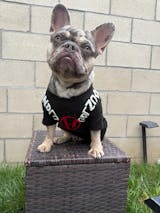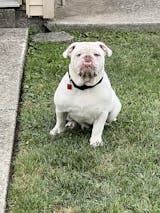Do Dogs Cry?
sqIt's a question that has long been debated by dog owners and non-dog owners alike: do dogs cry? While some people believe that dogs cannot cry tears, others claim to have seen their furry friends shed tears on occasion. So, who is right? Let's take a look at the evidence and find out if dogs really do cry.

The science of dogs crying
On the surface, it would seem that dogs crying would be biologically impossible. Dogs don't have the same tear ducts that humans do, so how could they produce tears? Furthermore, dogs lack the lacrimal glands needed to produce tears.
So how do dogs keep their eyes clean and hydrated if they can't generate tears? Dogs actually have a third eyelid, called the nictitating membrane, which helps to keep their eyes lubricated. This membrane is more commonly known as the "haw," and you can usually see it when your dog's eye is irritated or they are sleepy.
So if dogs don't have tear ducts or lacrimal glands, then they must not be able to cry right?
Wrong!
While dogs may not have traditional tear ducts, that doesn't mean they can't produce tears. In fact, dogs do shed tears, but only in certain situations. When dogs feel stressed, scared, or anxious, they may produce what are called stress tears. Stress tears are different from tears produced in humans; they are not composed of the same type of protein that human tears are.
So if dogs can produce tears, does that mean they cry?
Not necessarily. dogs can shed stress tears without actually crying. Crying, in humans, is a complex emotional response that is usually accompanied by sobbing and a change in vocalization. Dogs may show some of these behaviors when they are stressed or upset, but they don't necessarily cry like humans do.
Should I be concerned about my dog shedding Tears?
Now that we know dogs can shed tears, you may be wondering if you should be concerned about your dog shedding tears.
The short answer is no, you don't need to worry unless your dog is shedding an abnormal amount of tears or if the tears are accompanied by other symptoms, such as redness or discharge. If you're concerned about your dog's tear production, it's best to consult with a veterinarian.
Is this why my dog has tear stains?
While dogs do produce tears, as explained above, tear stains are not caused by tears.
Tear stains are usually the result of excess pigment in the tears or bacterial growth. Dogs with light-colored fur are more prone to tear stains because the pigment is more visible on their fur.
While tear stains may be unsightly, they are usually harmless and can be cleaned with Squishface Wrinkle Wipes and Squishface Wrinkle Paste.
Which product is best for tear stains?
The first step to eliminating tear stains is to clean the area with a Wrinkle Wipe. They can be used on any area your pup needs to be cleaned. Our alcohol-free formula is gentle enough for even the most sensitive and allergy-prone dogs. Use Squishface Wipes prior to application of Wrinkle Paste instead of soap and water, which can irritate.
After cleaning the area, follow with Squishface Wrinkle Paste.
If you have a wrinkly dog such as an English Bulldog, French Bulldog, or Pug, Squishface Wrinkle Paste was formulated specifically for your dog. Wrinkle Paste will clean between squishy face wrinkles and tails pockets, remove tear stains, and help soothe itchiness all in one powerful cream.
The Bottom Line
Dogs do produce tears, but they are not the same as human tears. Sometimes when dogs shed tears, stains will appear. Tear stains are caused by an overflow of tears from the eyes onto your dog’s face, also known as epiphora. Due to the excess tearing, the fur can develop reddish-brown staining due to tear pigments called porphyrins. Squishface Wrinkle Wipes can be used to clean tear-stained skin and fur followed by Squishface Wrinkle Paste depending on the breed of dog.
For more information on how to clean dog tear stains, read this post and visit our blog each week for more tips and tricks for keeping your dog happy and healthy.










